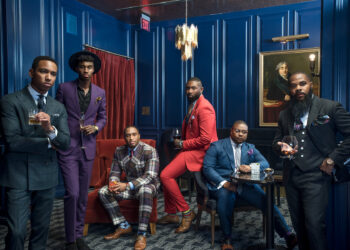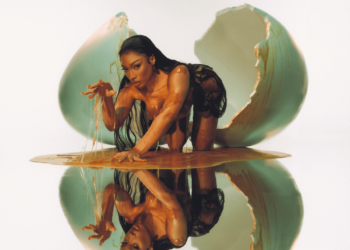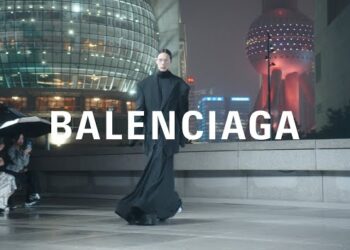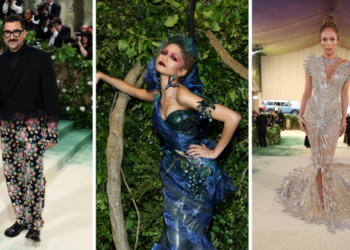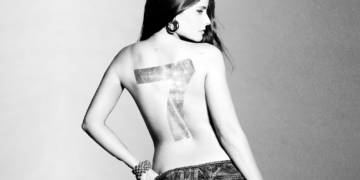The COVID-19 pandemic shifted the ways we think about a lot of things, housing included. In fact, the impacts of the coronavirus on millennial urban lifestyle may be changing the housing market for good. Now, millennial homebuyers are turning to the suburbs, borrowing suburban ideas, and bringing more natural elements to city housing.
From luxury apartments to co-living spaces, millennials are adjusting the nature of housing to support a thriving post-COVID lifestyle. The modern era presents new challenges for younger homebuyers. To counter these challenges, millennials and even Gen-Z buyers are turning to trends like the following.
A Suburban Push
First, the post-COVID era housing market has been defined by a push out of major cities and into the suburbs. Why? The pandemic created a situation in which city living became much less desirable than it once was.
With work-from-home policies taking off as a legitimate option for many, the need to be close to an urban office diminished. At the same time, social distancing efforts are much simpler outside of a dense cityscape. Then, an increase in violent crime in these cities — in addition to the mass social unrest that dominated much of 2020 — further encouraged city dwellers to seek out the relative isolation of the suburbs.
From March to September of 2020, the average monthly out-migration of people from urban neighborhoods was 276,000. In-migration failed to make up for this shift, creating a net loss of population in most major cities. Young adults made up the bulk of this net outflow in what is becoming a new normal for the housing market. Now, the focus is on suburbs, as millennial buyers are seeing a host of benefits from the move.
Among these benefits are the mental health boosts that come with living in a safer, slower-paced environment. Especially for young families, the suburbs mean a sense of openness and security that has been hard to come by in a post-COVID world. But even the young homeowners who are holding their ground in urban areas are beginning to recognize the importance of many traditionally suburban features.
Bringing Suburban Features to the City
Millennials are further changing the urban housing market by bringing elements of suburban development into their homes. These trends come as environmental concerns are in-line with our lifestyle choices, placing a new emphasis on clean living and sustainability. At the same time, anything that assuages the mental health impacts of these last few stressful years is shaping housing trends and choices.
Primarily, these trends revolve around pets and sustainable eco-housing. These features have traditionally been associated with the suburbs, where new developments allow for greater opportunities to experiment and innovate with green design, for instance. Now, they are coming to even the most urban environments in full force, allowing millennial homeowners to better position themselves for health and success in a post-COVID world. Here’s what you should know about these trends.
Pets
Rural areas have long outmatched urban environments in terms of pet ownership. After the COVID-19 pandemic struck, however, people everywhere became more aware of the value of pets in their lives. In fact, one study showed that dogs significantly improved their owner’s mental health throughout the pandemic.
Now, urban homes and apartments are adjusting to accommodate pets more broadly. The housing market is shifting to recognize our furry friends as essential elements of our mental health. That means built-in pet areas, pet-focused amenities, and looser restrictions on pet ownership in high-density buildings.
Eco-housing
Eco-housing is a trend gaining popularity all over the world as developers and homebuyers look for ways to live a greener, less-harmful lifestyle. From pre-fabricated designs to retrofitted technologies, all kinds of eco-housing options are cropping up. Tiny homes, modular homes, and smart homes all enable more efficient use of energy that can save struggling young homebuyers on cash as well as carbon footprint.
While not expressly a suburban feature, green homes are easier to build in the suburbs, where open space allows developers to start from scratch. In urban environments, however, sustainability often means making complex adjustments to existing homes. In this example, developers and investors partnered with the City of Oakland, California to retrofit homes a block for an eco-friendly, sustainable design complete with community green energy storage.
Retrofits like these represent the future of urban housing. With 75% of millennials striving to be more environmentally conscious in their day-to-day lives, developers and investors will undoubtedly increase their focus on sustainable housing types that can attract up-and-coming generations back into urban markets. In the meantime, young urban homeowners are subscribing to their own green housing trends with biophilic designs.
Mimicking Nature In Urban Settings
“Biophilic” comes from a Greek word meaning “nature-loving,” and this philosophy is all the rage in modern home design. That’s because nature is one of the best ways of dealing with stress. From the COVID-19 pandemic to a European conflict with global implications, millennial homeowners have enough to worry about. Home should be a place of relaxation and peace.
To achieve this effect, homeowners are turning to biophilic designs that mimic aspects of nature in an aesthetically pleasing manner. These are some of the ways by which millennials are changing the housing market with more natural elements:
- Incorporating reclaimed wood and recycled materials that mimic natural textures.
- Adding greenery to their home decor.
- Maximizing natural lighting and heating potential.
The importance of a natural connection amidst economic shutdowns and remote work policies has never been more clear. The future of housing is already pivoting to accommodate these trends, even (and especially) in urban design. Because younger generations — who are quickly becoming the bulk of all homebuyers — place so much importance on these elements, the post-COVID housing market is all about a more natural feel. This includes open, suburb-like spaces, pet amenities, and enhanced sustainability.
Explore and incorporate these features into your own urban home design. As a result, you may cultivate greater value in your home and can boost your mental health as well.


